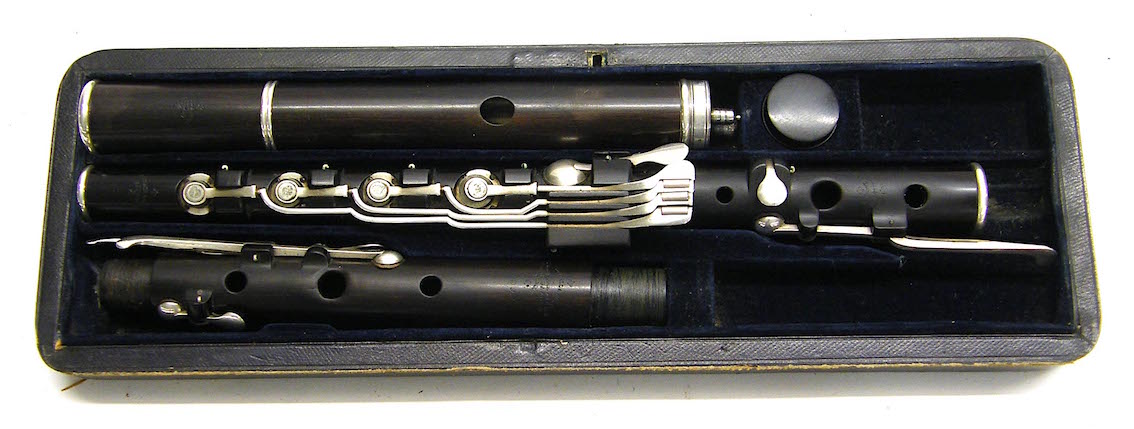Rudall Carte Serial Numbers Flute Player
- Posted in:
- 04/01/18
- 68
The firm of Rudall & Rose, later Rudall, Rose & Carte, and finally Rudall Carte, dominated flute making in Britain for a century and a half from their founding in 1822. For much of their existence almost every professional flute player and most serious amateurs in Britain played on one of this firm’s instruments. The original firm, Rudall & Rose, produced simple-system flutes of the highest quality before they were persuaded by Richard Carte, a student of George Rudall, to begin production of Theobald Boehm’s early conical flute. Scottish Games Carrollton Ky Jobs. The firm went on to buy the British rights to manufacture Boehm’s 1847 cylindrical flute, which is the basis of the instrument most flute players use today. Richard Carte, a brilliant businessman, joined the firm as a partner in the early 1850s and transformed them from a small business producing high- quality flutes to a hugely-successful concern that produced and sold flutes and most other instruments as well as publishing books, music and, for eight decades, The Musical Directory, an annual guide to the music business in Britain. Rudall, Rose & Carte, as they became, bought the business of Thomas Key, military musical instrument maker, adding brass and percussion instruments to their catalogue.
In addition to their instruments and publications, the firm promoted concerts, for a time under the management of Richard Carte’s son, Richard D’Oyly Carte, who later made his fortune promoting the operas of Gilbert & Sullivan. The firm became Rudall, Carte & Company in 1872. This book is a comprehensive history of the firm and contains detailed descriptions of the many innovative instruments they made. There are hundreds of colour photographs of flutes, alto flutes, bass flutes and piccolos, each shown in at least two views, and where necessary in three or four views with photographs of details.
The firm’s output is shown in context with photographs of dozens of flutes made by their competitors including Willis, Prowse, Monzani, Wood, Wylde, ‘Pratten’s Perfected’ by Boosey & Co., Fentum, Godfroy, Koch, Boehm, Laurent, Gerock, Badger, Ward, Card, Siccama, Clinton, Lot, Collard and Boehm & Mendler.

The firm of Rudall & Rose, later Rudall, Rose & Carte, and finally Rudall Carte, dominated flute making in Britain for a century and a half from their founding in. The inventors Mathews, Martin and Welch Appendices include addresses, dates and serial numbers; workshop photographs; design features of Rudall Carte flutes;.
Physical Description Flute in three sections with cleaning rod, handwritten note and case. Cocus wood flute, with silver rings and keywork, metal-lined headjoint, wooden lip plate carved in one piece with head joint, cork on tenon joints. Made to the Carte 1867 system with open G#. Exploring Biology In The Laboratory Pendarvis Pdf Printer. All sections are stamped with the manufacturer's details: crown logo, 'Rudall, Carte & Co. London', the middle joint also has the address and patent information stamped on it: 'Berners Streer Oxfrod Street, London, 6321, 1867 Patent' (Part 1) Head joint. (Part 2) Middle joint.
(Part 3) Foot joint. (Part 4) Cleaning rod, cylindrical rod of dark varnished wood and brass, with eyelet end for insertion of cleaning pad. (Part 5) Handwritten note, in blue ink on scrap paper, reading: 'My trusty old friend who has produced 25,000,000 notes (if not pounds.) with not one wrong one', which was probably written by former owner, Melbourne flautist Leslie Barklamb). (Part 6) Case, black leather covered, wood, with brass lock and fittings, lined with deep green velvet, with a leather label inside the lid, bearing inscription in gold lettering: 'Rudall, Carte & Co., Ltd. 23 Berners Street, London and Dublin'.